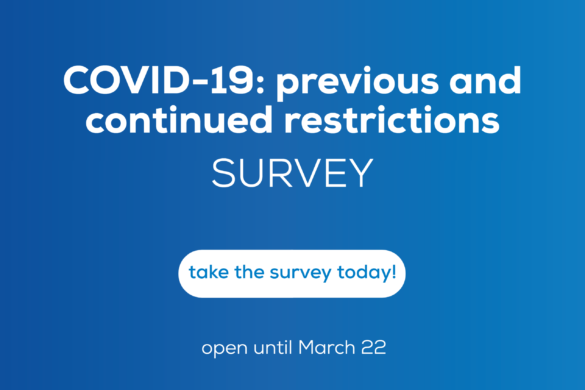Case series/case reports (Indigo)
COVID-19 is a multisystemic disease. Ophthalmological abnormalities are relatively rare among COVID-19-infected patients. The aim of this study was to report orbital and visual pathways MRI findings in a nationwide multicenter cohort of patients with severe COVID-19. This study included participants presenting with severe COVID-19, who underwent brain MRI from March 4th to May 1st 2020. Two neuroradiologists (“blinded”), blinded to all data, individually analyzed morphological MRIs focusing on the orbits and the visual pathways. A second consensus reading session was performed in the case of disagreement between both readers. Clinical and ophthalmological data were compared to MRI findings. Descriptive statistical analysis and interobserver agreement for MRI reading using non-weighted Cohen kappa statistics were performed. 129 participants (43 [33%] women and 86 [67%] men, mean age 63 ± 14 years) were included in the study. 17/129 (13%) patients had abnormal MRI findings of the orbit or visual pathways. 11/17 (65%) patients had a FLAIR-WI hyperintense optic disc. 6/17 (35%) patients had abnormal signal of at least one of the visual pathway structures: 6/6 (100%) of the optic nerve, 1/6 (17%) of the optic chiasm, 2/6 (33%) of the optic tract and 1/6 (17%) of the optic radiations. The authors concluded that their study showed that a substantial number of patients with severe COVID-19 presented with abnormal MRI findings of the orbit or visual pathways, which might lead to potentially severe visual impairment.
Lecler A, Cotton F, Lersy F, Kremer S, Héran F; SFNR’s COVID study group. Abnormal MRI findings of the orbital or visual pathways in patients with severe COVID-19: observations from the French multicenter COVID-19 cohort. J Neuroradiol. 2021 Jul 17:S0150-9861(21)00137-1. doi: 10.1016/j.neurad.2021.07.004.









